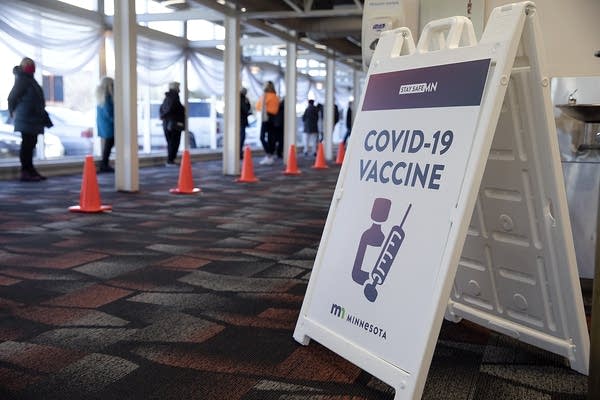Jan. 26 update on COVID-19 in MN: Active caseloads recede; vaccination pace improves

People stand in line to receive COVID-19 vaccinations Thursday at the Earle Brown Heritage Center in Brooklyn Center, Minn. Nine COVID-19 vaccine sites have opened around the state for those with appointments as part a pilot program intended to speed vaccinations to people 65 and older as well as some educators and child care workers.
Christine T. Nguyen | MPR News
Go Deeper.
Create an account or log in to save stories.
Like this?
Thanks for liking this story! We have added it to a list of your favorite stories.


